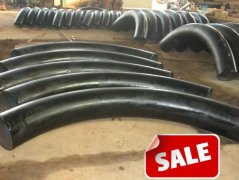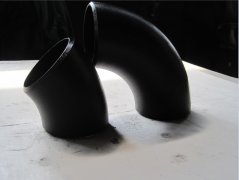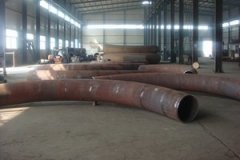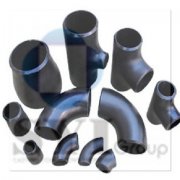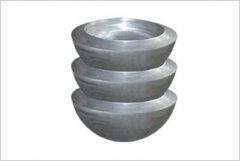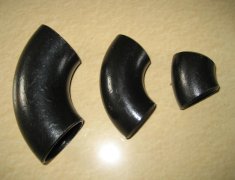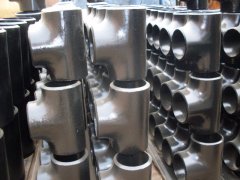Dredging steel pipe
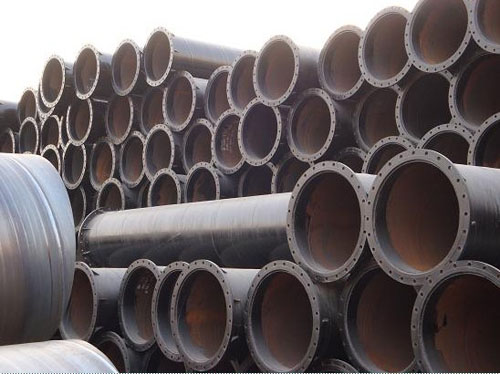
Dredging steel pipe
Dredging steel pipe production process
1 dredging steel pipe adopts external control or internal control roll forming.
2 The dredged steel pipe is leveled, trimmed, planed, surface cleaned and pre-bent treated before forming.
3 Dredging steel pipe adopts weld gap control device Ensure that the weld gap meets the welding requirements, the pipe diameter, the wrong amount and the weld gap are strictly controlled.
4 The dredging steel pipe uses an air plasma cutting machine to cut the steel pipe into a single root. After cutting into a single steel pipe, each batch of dredged steel pipe The first three are subject to a strict first inspection system to check the mechanical properties of the weld, the chemical composition, the fusion condition, the surface quality of the steel pipe and the non-destructive testing to ensure that the pipe making process is qualified before it can be formally put into production.
5 Each dredged steel pipe After the hydrostatic pressure test, the pressure is sealed by radial. The test pressure and time are strictly controlled by the water pressure computer micro-machine detection device. The test parameters are automatically printed and recorded. The dredging steel pipe uses an electric contact pressure gauge to control the pressure of the cylinder on both sides of the conveyor. Ensure the smooth transportation of strip steel.
Dredging steel pipe detailed parameters:
dredged steel pipe material: Q215B--Q235B X42--X65 L245--L390
dredged steel pipe standard:
GB/T 9711.1-1997 Oil and gas industry conveying steel pipe delivery technical conditions
SY/T 5037-2000 spiral submerged arc welded steel pipe for low pressure fluid conveying pipelines
Dredging steel pipe category: Φ219*5-8——Φ2420*6-32
dredging steel pipe length: usually length each 6-12m, the length of the fixed length is allowed to be ±20mm, and it can also be produced according to the stricter allowable size. [1]
2 Laying and arranging
The introduction pipe should not pass through the building foundation, and the cold water pipe can be provided with a plastic casing through the bearing wall. However, metal bushings should be used for the penetration of floor slabs or hot water pipes.
The waterproof casing shall be pre-buried when the pipeline penetrates the basement, the external structure of the underground structure, the roof or the reinforced concrete pool, and the bottom of the water tank. Factors such as building settlement and maintenance should also be considered.
Pipes shall not be laid in power distribution rooms, strong and weak electrical pipe wells, flue, ducts and drains. Pipes should not pass through the bedroom, storage room, window, wall cabinet, etc., the pipe must not pass through the stool or urinal trough [2].
The pipeline should not pass through the expansion joints of the building, and the settlement and anti-seismic joints. When it is unavoidable, technical measures should be taken to prevent the pipeline from being damaged.
上一篇:What is a carbon steel flange and how is it installed and used?
下一篇:A860 WHPY65 pipeline steel pipe Elbows
(Tag):

